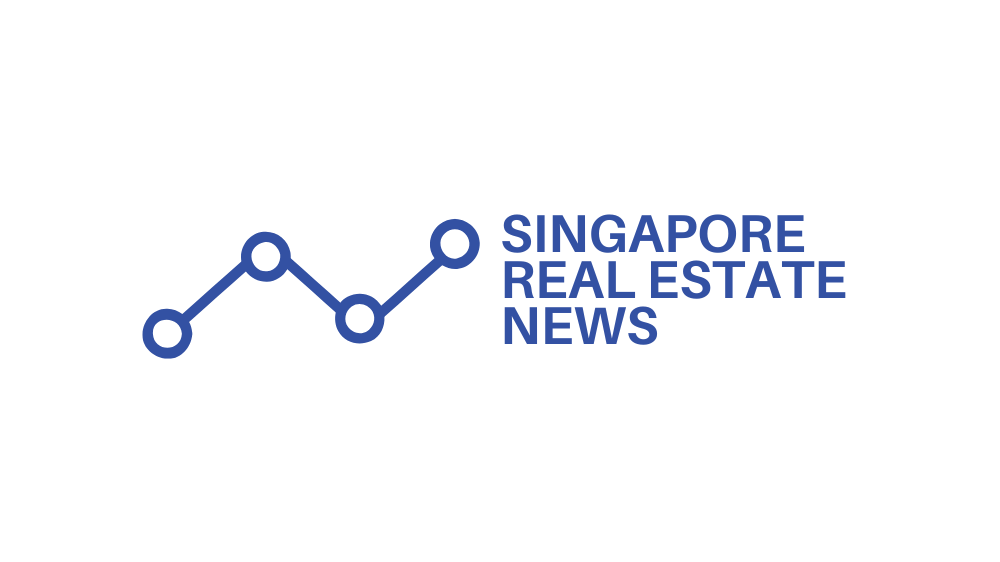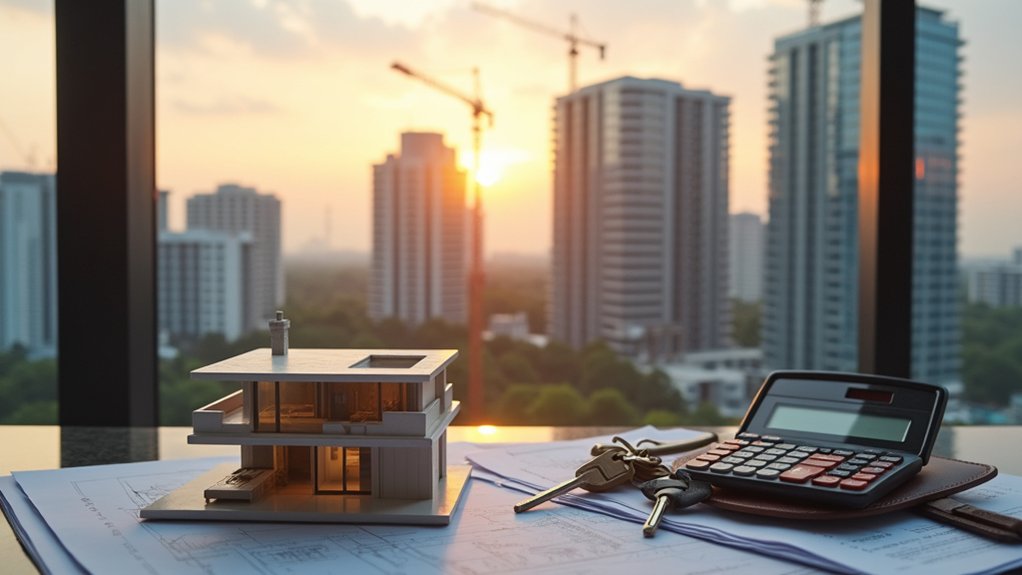The financial landscape for upgrading from a Housing and Development Board (HDB) flat to a private condominium in Singapore has undergone substantial recalibration, with the gap between selling a 4-room flat and purchasing a 3-bedroom condominium unit now spanning approximately $1.0–1.7 million.
This widening disparity reflects not only escalating property valuations but also the emergence of substantial ancillary costs that prospective upgraders frequently underestimate during initial budgeting phases.
Prospective upgraders frequently underestimate the emergence of substantial ancillary costs during initial budgeting phases.
The acquisition phase itself demands significant liquid capital, with minimum downpayment requirements of 25 percent—comprising 5 percent cash and 20 percent CPF contributions—translating to $400,000 or more for a $1.6 million property.
Beyond downpayment obligations, buyers encounter Buyer’s Stamp Duty approximating $49,600, alongside additional cash reserves of roughly $53,000 necessitated by Total Debt Servicing Ratio constraints, which cap borrowing at 55 percent of gross monthly income across all loan obligations. Additionally, upgraders must comply with the 15-month wait-out period before they can purchase an HDB flat after owning private property, which affects timing considerations for those planning future property transactions.
Renovation expenditures present another substantial financial consideration, with new condominium units requiring $40,000–$52,000 for upgrades, while resale units demand $81,000–$105,000 due to deferred maintenance requirements. Delaying an upgrade beyond age 35 significantly reduces loan tenure eligibility, compressing the borrowing window and escalating monthly repayment obligations.
Furthermore, compliance with Management Corporation Strata Title by-law requirements, façade preservation mandates, and project-specific design restrictions impose additional constraints and expenses not typically encountered in HDB transactions. The price premium for new launches has escalated from 21 percent in 2017 to 47 percent in 2025, adding considerable cost burden for upgraders seeking contemporary properties.
Transaction-related costs encompassing legal fees, agent commissions, and mortgage stamp duties accumulate to several thousand dollars, while ongoing maintenance fees ranging from $300–$500 monthly represent perpetual financial commitments absent from HDB ownership structures.
Temporary housing during transitions and moving logistics, frequently overlooked during initial planning, further erode available financial reserves.
Market dynamics compound these considerations, as upgraders constitute 22 percent of private market purchases, with new launch premiums now reaching 47 percent above resale valuations, compared to 21 percent in 2017.
This escalating premium reflects sustained demand driven by population growth and family formation patterns, whilst price appreciation for private property historically outpaces HDB values, creating a tension between elevated acquisition costs and long-term asset appreciation potential.
Prudent upgraders should reserve $50,000–$60,000 above minimum calculated costs for contingency expenses, acknowledging that detailed upgrading expenses frequently exceed initial projections by substantial margins.





